Buhan Project



The first phase of the Buhan project began in November 2022, during which 200,000 seedlings were planted and approximately 2 tons of suitable seeds were scattered. The second phase started in August 2023, with the goal of planting 800,000 seedlings by the end of the phase. By the end of December 2023, one million seedlings had been planted and around 2 tons of suitable seeds had been scattered. The remaining seedlings are set to be planted in the first months of 2024. The scattering of seeds during the first phase resulted in the growth and establishment of 100,000 shrubs, thanks to favorable rainfall last year. The results this season are promising, with excellent rainfall in October and November 2023, and thousands of shrub seedlings are expected to grow depending on further rainfall.
Ma’arik Project
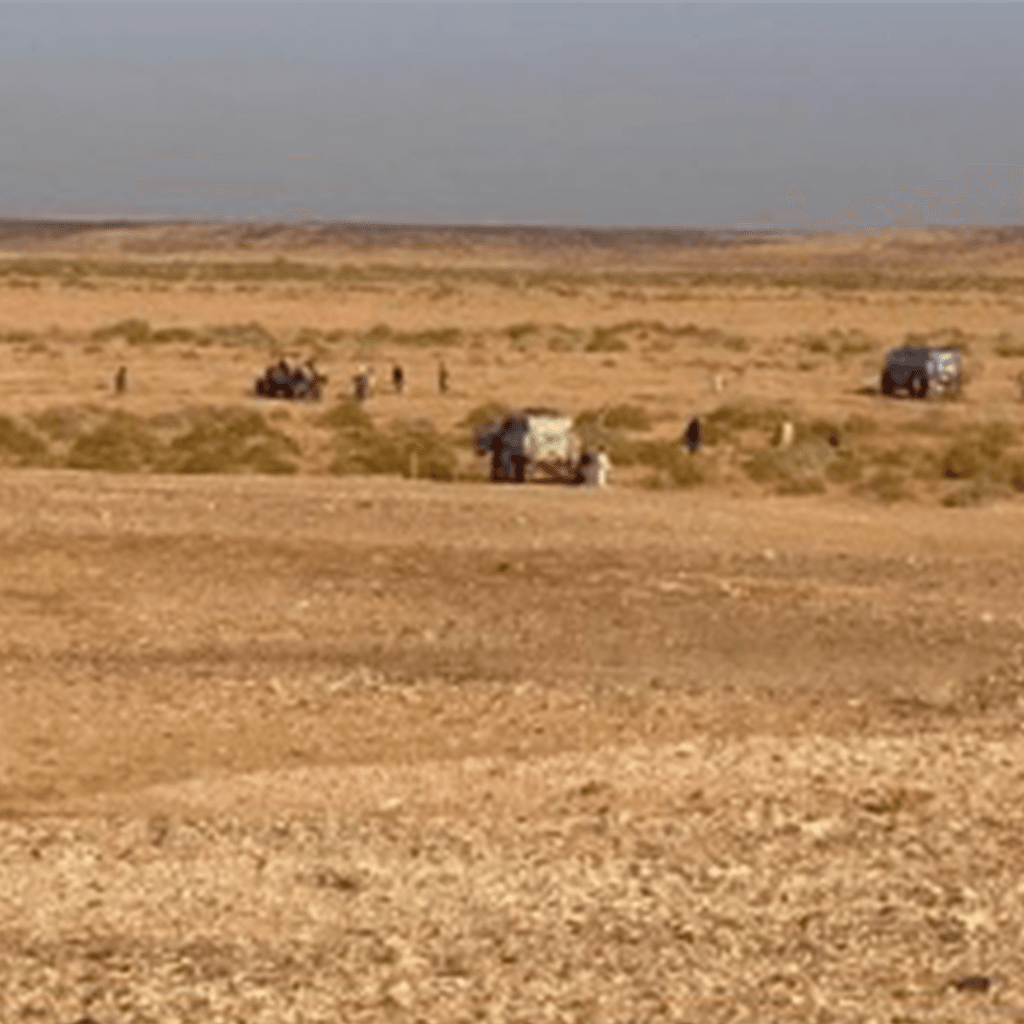
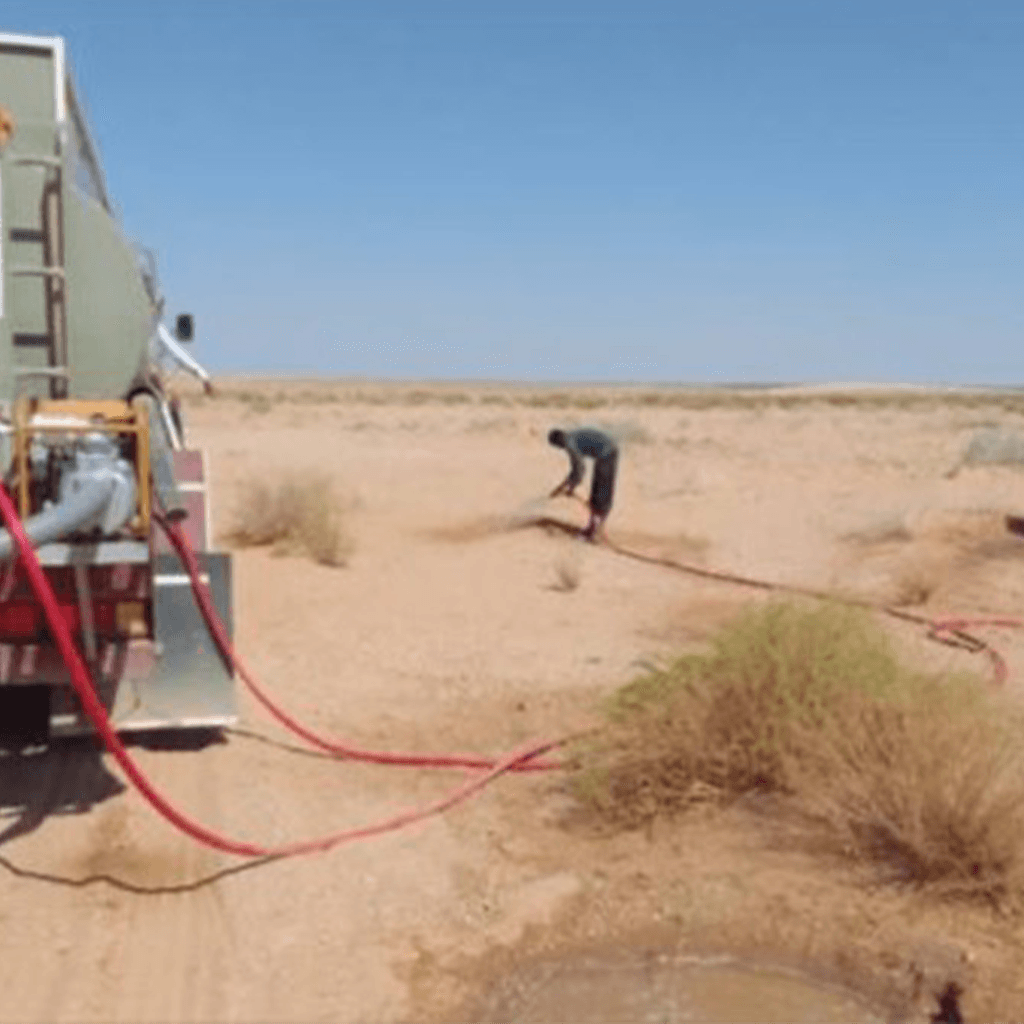
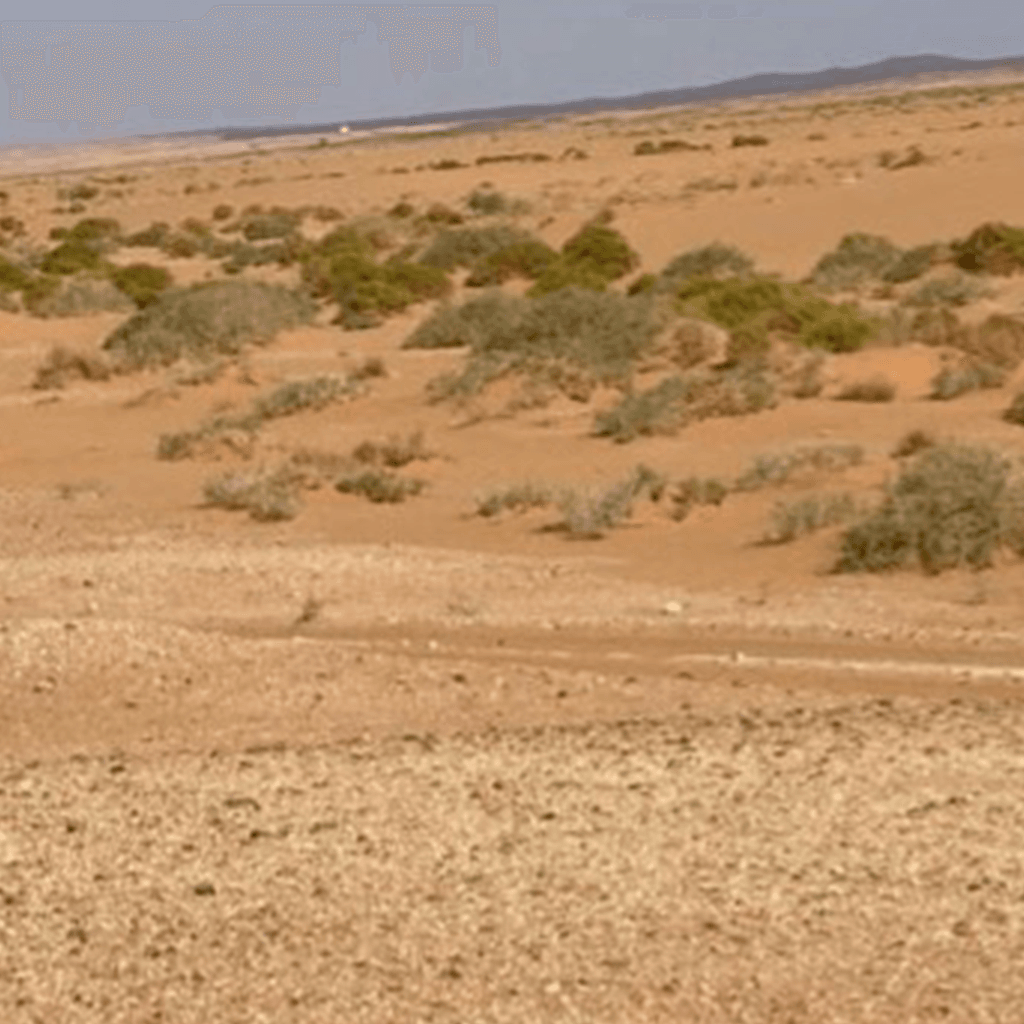
Ma’arik covers more than 70 square kilometers and is a wide valley that forms part of Ma’arik Valley. It is characterized by sandy loam soil, with sand deposits forming dunes. The valley is bordered by slightly sloping gravel plains, and parts of Ghrais Valley, which have a similar environment to Ma’arik Valley, are located to the east. The region experiences a dry desert climate, with summer temperatures exceeding 40°C and an annual rainfall of just 50 mm. Many areas of the valley are degraded due to overgrazing, with existing vegetation including Haloxylon and Haloxylon Ammodendron. The rehabilitation project began with seedling planting and seed scattering in mid-September 2023. By the end of December 2023, over 500,000 seedlings had been planted, and about 1.5 tons of suitable seeds had been scattered. The remaining seedlings are expected to be planted in the first months of 2024.
Mughayra Project in Al-Tubayq
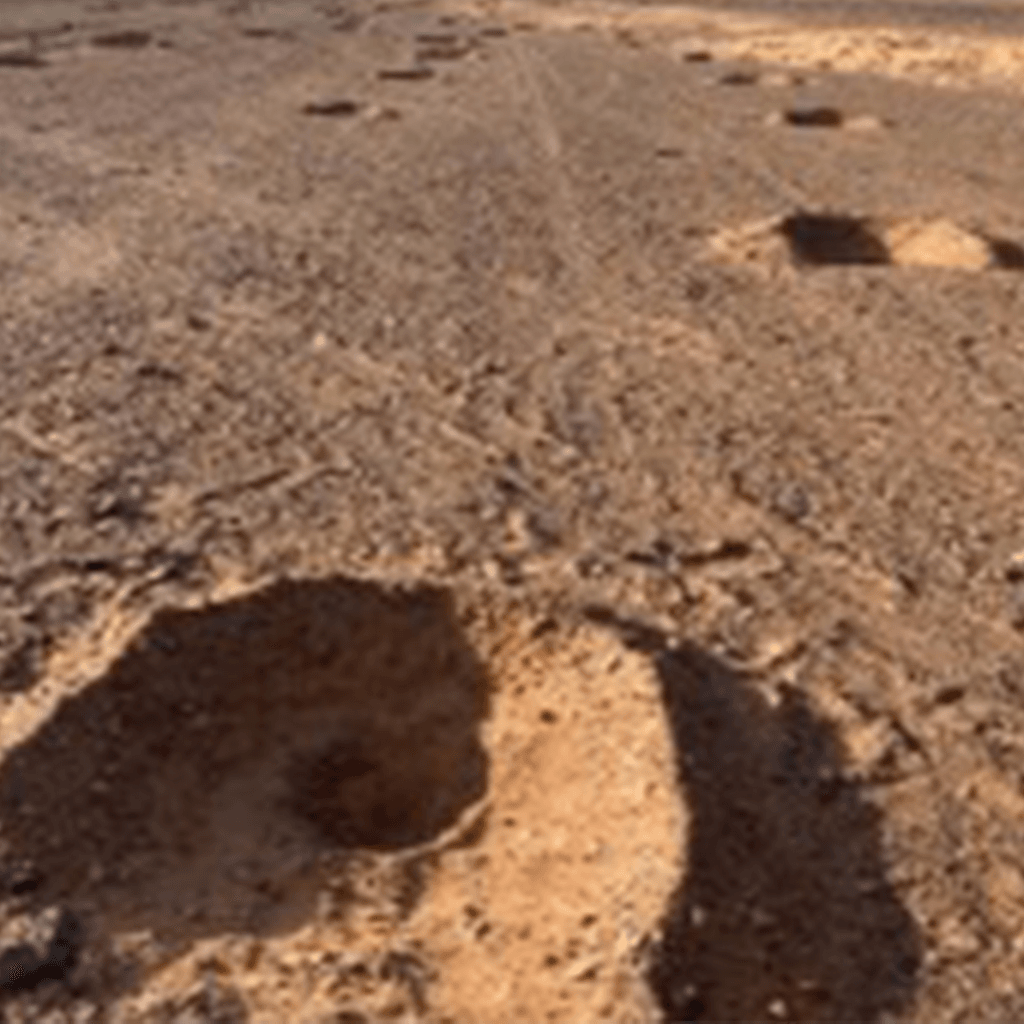
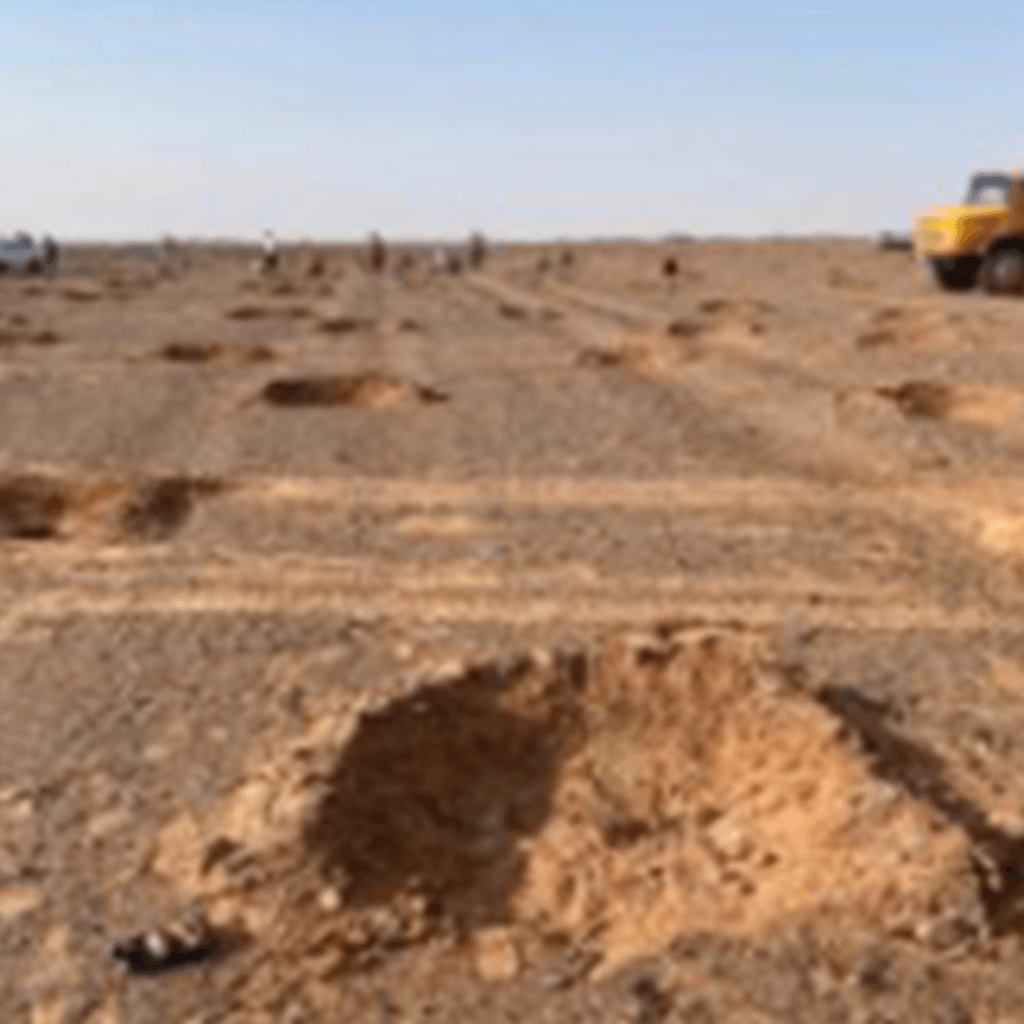
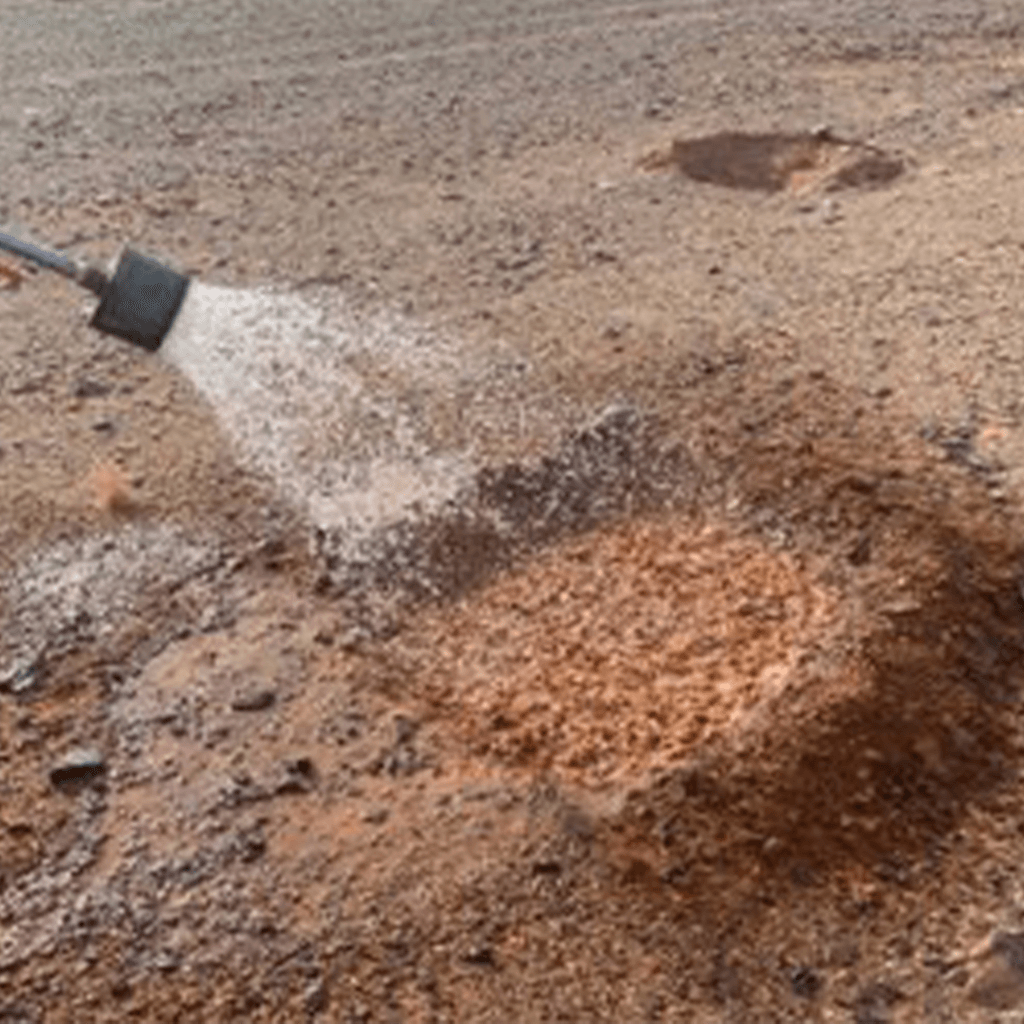
Mughayra is located on both sides of the road leading to Mughayra and Al-Tubayq, serving as the gateway to Al-Tubayq. The project covers an area of more than 30 square kilometers, featuring various environments, mostly semi-flat plains with heavy, sandy-clay soil interspersed with depressions, valleys, and floodplains of clay soil. The project area marks the endpoint of Wadi Al-Aqar and Wadi Abu Tarifa. The region has a dry desert climate, with summer temperatures exceeding 40°C and an annual rainfall of 50 mm. The major parts of the plains are dominated by Artemisia, with some acacia in the depressions, while the rest of the plains are barren. The valleys and streams contain some Tamarisk and Artemisia. This phase of the project began in mid-September, with 300,000 seedlings planted by the end of December 2023. The remaining seedlings will be planted in the first months of 2024. The first phase in 2022 saw the planting of 100,000 seedlings.
Jubbah Project
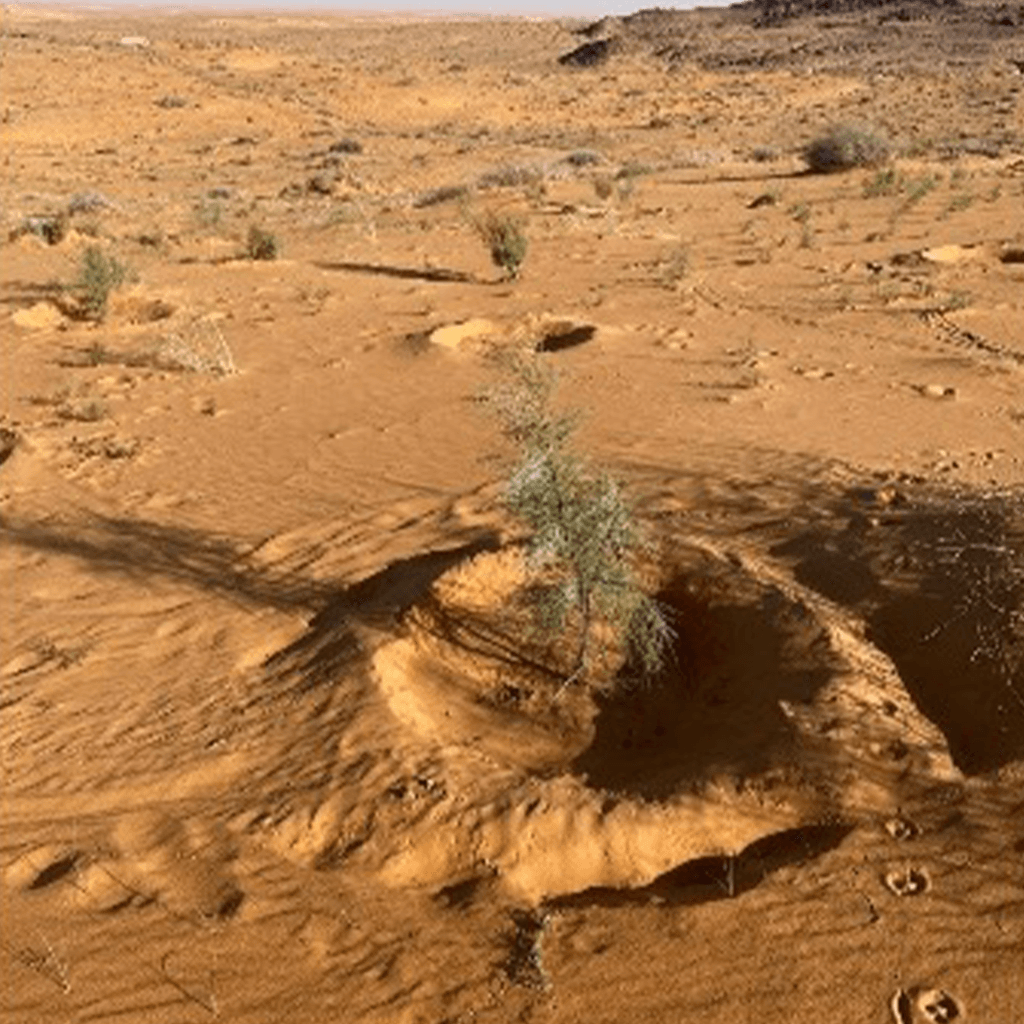
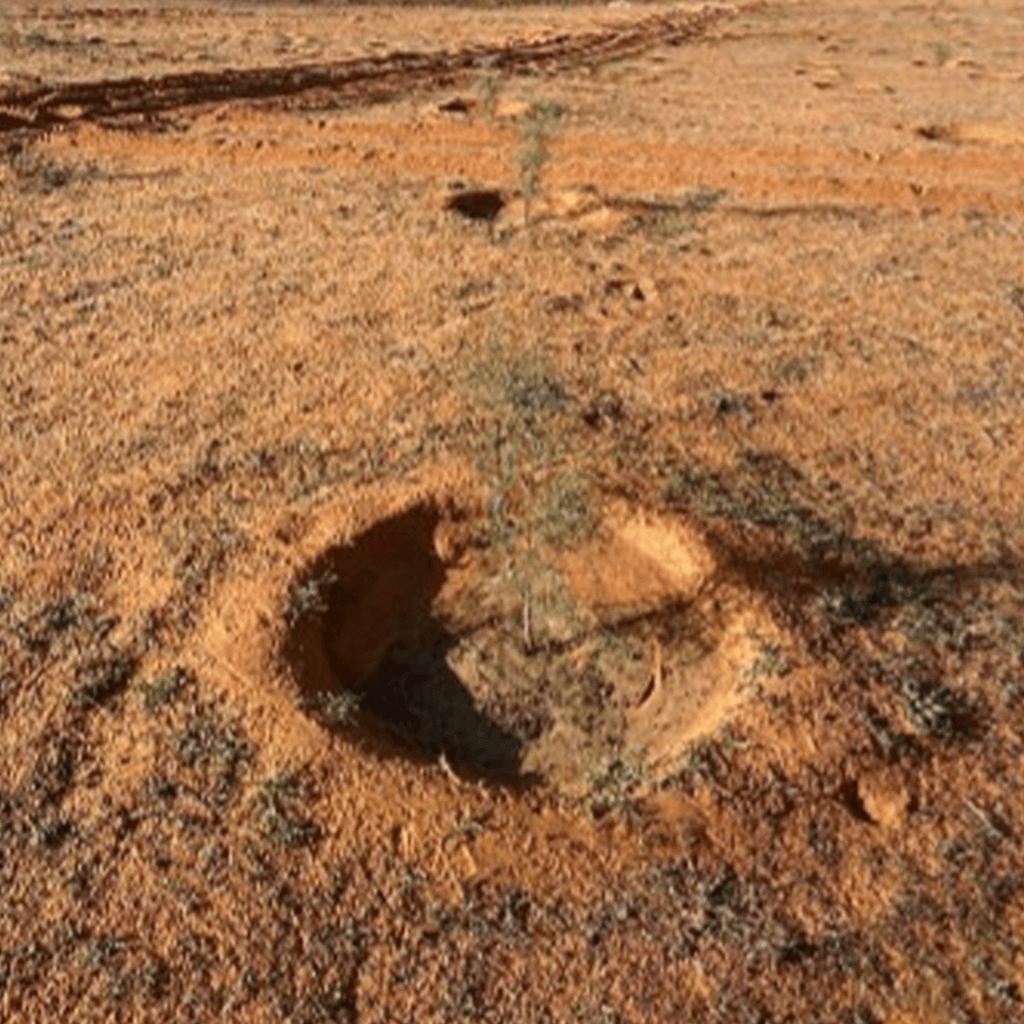
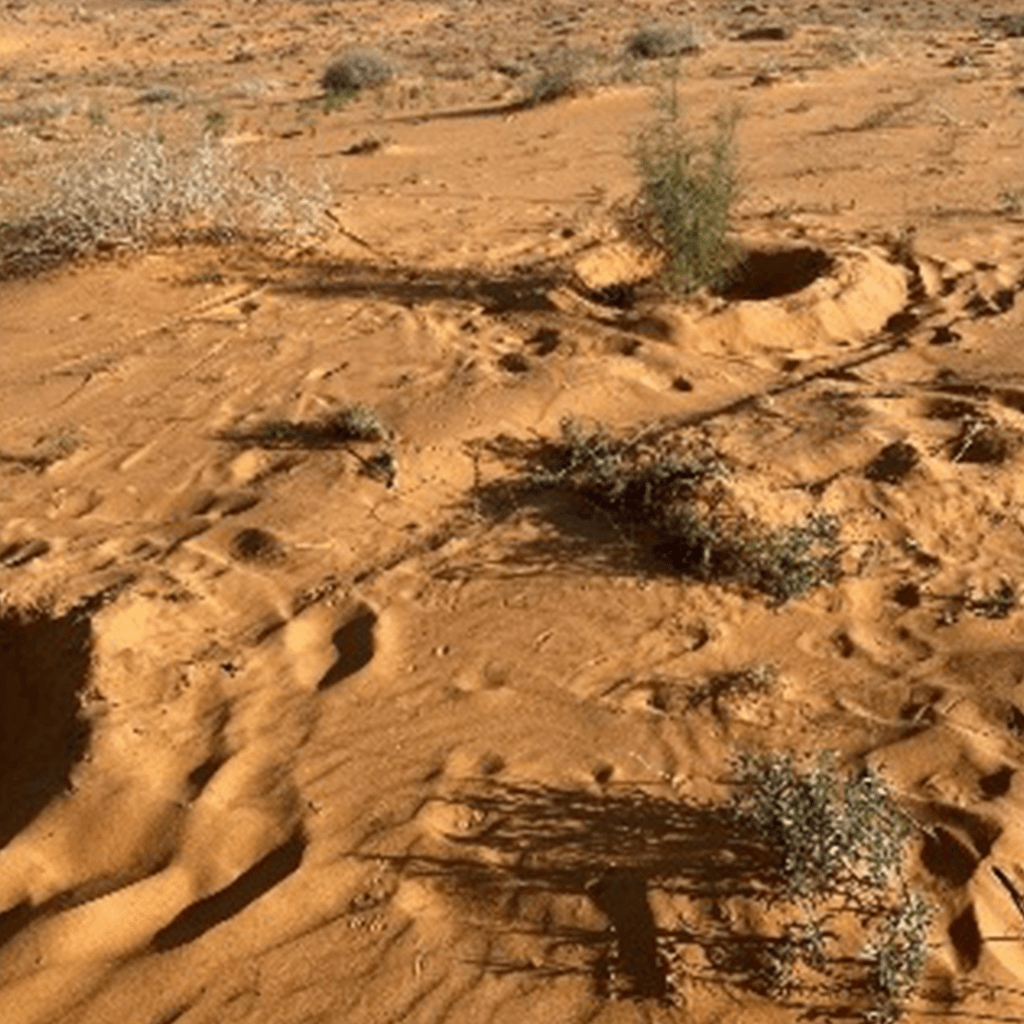
Jubbah covers an area of 400 hectares of sand dunes. The region has a dry desert climate, with summer temperatures exceeding 40°C and an annual rainfall of at least 50 mm. By the end of December 2023, over 400,000 seedlings had been planted.
